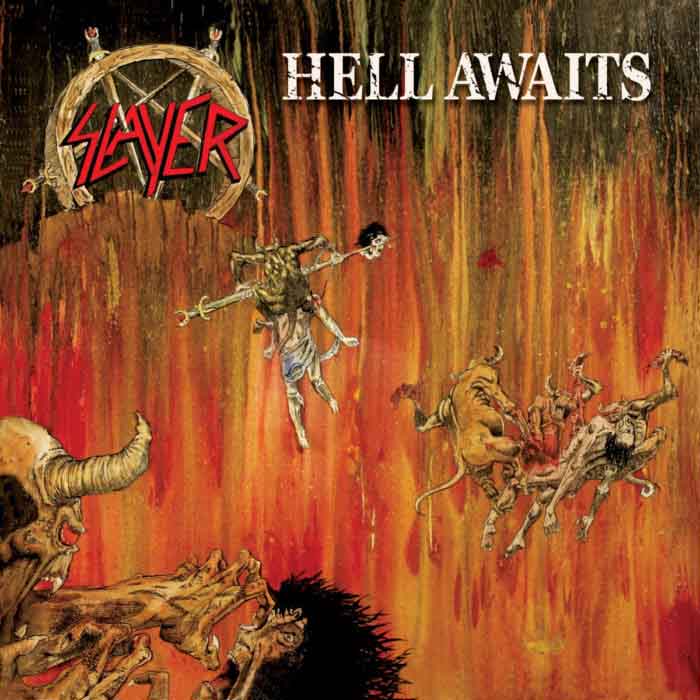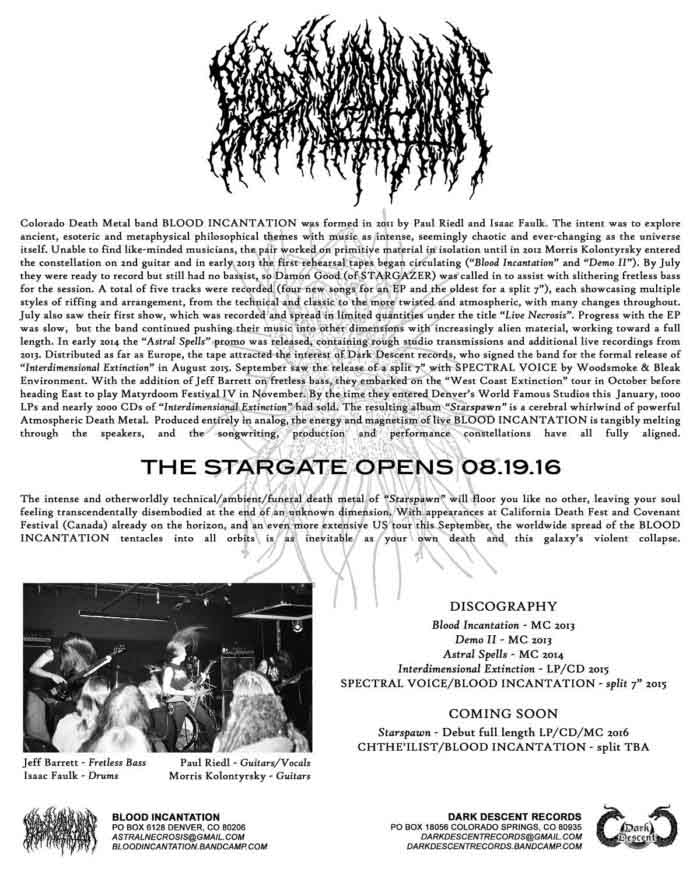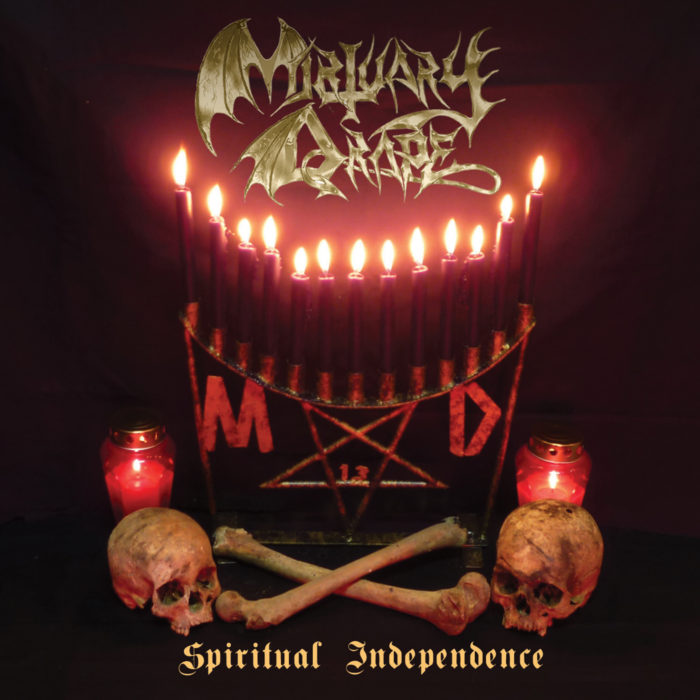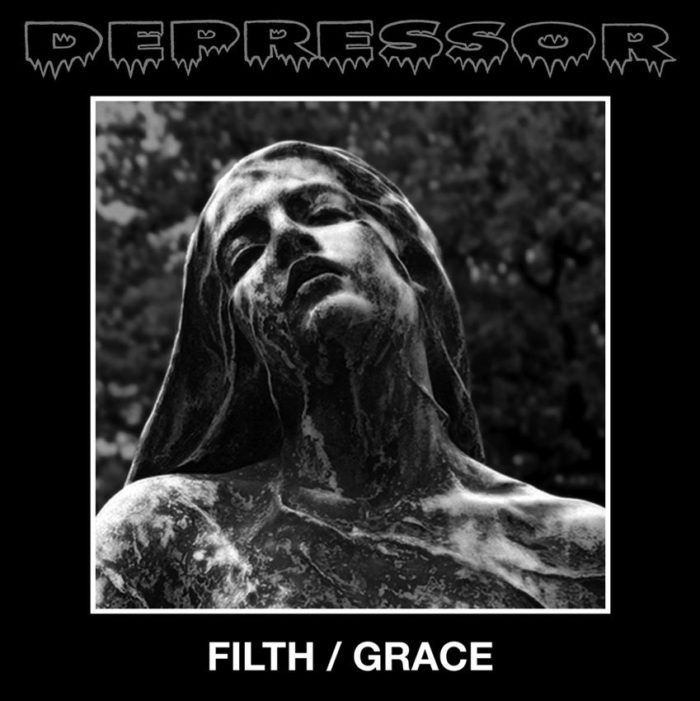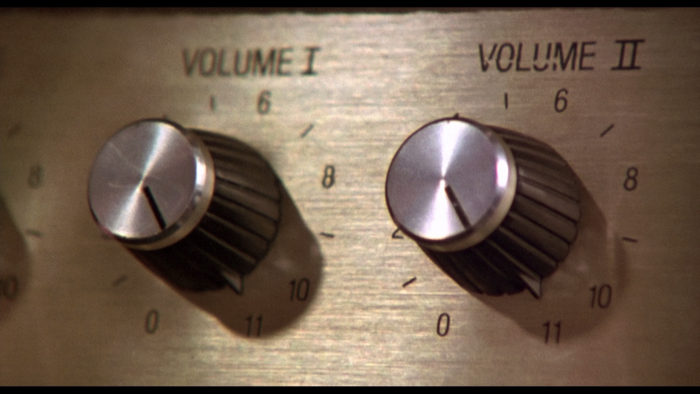Article by Lance Viggiano inspired by International Day of Slayer.
A candidate for the best work within a genre of music should capture every manifestation as best as it can and be able to answer the question: what is X? One might make the argument that the best album must capture the genre at its summit; still, that is a far more difficult essence to capture as in the case of metal, both black and death metal scaled adjacent but different peaks and therefore offer their own unique views of the same musical landscape.
13 CommentsTags: extreme metal, genre, hell awaits, music analysis, musical analysis, proto-death, Proto-Death Metal, proto-underground, slayer, Speed Metal
